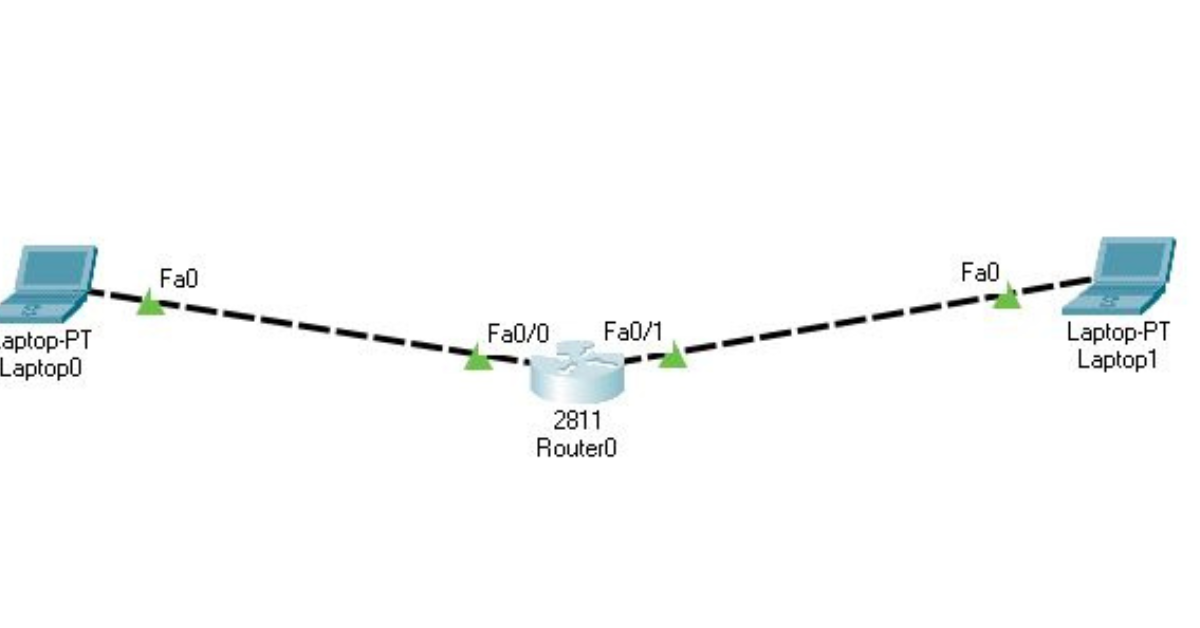The default gateway plays a crucial role in the functionality of network communications. When configured correctly, it allows a host to communicate with devices outside its local network. However, if the default gateway address is incorrectly configured on a host, it can lead to various network issues that affect connectivity and data transfer. In this article, we will explore what happens when the default gateway is misconfigured, the symptoms that may arise, and how to troubleshoot and resolve these issues.
Understanding the Default Gateway
Before diving into the implications of a misconfigured default gateway, let’s clarify what a default gateway is. The default gateway is a router that serves as an access point or IP router that a computer uses to send information to a device on a different network. It acts as an intermediary between the local network and external networks, such as the internet.
When a host wants to communicate with an external IP address that is not in its local subnet, it sends the data to the default gateway. The gateway then forwards the packet to the correct destination. The default gateway is typically configured on each host within a network, enabling seamless communication beyond the local network segment.
Consequences of an Incorrectly Configured Default Gateway
1. Loss of Internet Connectivity
One of the most immediate and obvious consequences of an incorrectly configured default gateway is the loss of internet connectivity. If a host’s default gateway does not point to the correct IP address of the router, any attempt to reach an external network will fail. As a result, the host will be unable to access websites, send emails, or communicate with devices on the internet.
2. Inability to Access External Networks
In a corporate or organizational environment, misconfiguration of the default gateway can prevent access to critical external resources, such as cloud services or remote servers. Users may experience issues with applications that rely on these resources, leading to decreased productivity and workflow interruptions.
3. Local Network Communication Issues
While the host may still communicate with other devices on the same local network (LAN) if the subnet mask is correctly configured, the inability to reach external networks can lead to confusion. Devices may attempt to reach other hosts outside the local network, resulting in failed attempts and timeouts.
4. Network Latency and Performance Issues
An incorrect default gateway can cause network latency as the host may keep trying to send packets to a wrong or unreachable address. This continuous failure to route packets can result in slow network performance and increased response times for applications that require network access.
5. Increased Network Troubleshooting Efforts
When users report issues related to network connectivity, IT staff may spend a considerable amount of time troubleshooting the problem. Misconfigured gateways can often lead to unnecessary complexity in troubleshooting, as symptoms may mimic other network issues.
Troubleshooting Incorrect Default Gateway Configurations
When faced with connectivity issues that may stem from a misconfigured default gateway, follow these troubleshooting steps:
1. Verify Gateway Configuration
Use command-line tools to check the current default gateway configuration on the host. On Windows, this can be done using the command ipconfig, while on Linux or macOS, the command is ifconfig or ip route. Ensure that the default gateway is set to the correct IP address of the local router.
2. Check IP Address and Subnet Mask
Confirm that the host’s IP address and subnet mask are correctly configured. The IP address must be in the same subnet as the default gateway for proper communication. For instance, if the default gateway is 192.168.1.1, the host’s IP address should be something like 192.168.1.x, where x is a unique number within the range allowed by the subnet mask.
3. Ping the Default Gateway
Use the ping command to test connectivity to the default gateway. If the ping is successful, it indicates that the gateway is reachable. If it fails, double-check the gateway IP address and network connections.
4. Review Network Hardware
Ensure that the network hardware, such as routers and switches, is operational and correctly configured. A malfunctioning router can also lead to symptoms that mimic a misconfigured default gateway.
5. Reset Network Settings
If all else fails, consider resetting the network settings on the host to restore default configurations. This can often resolve misconfiguration issues that lead to connectivity problems.









Leave a Reply